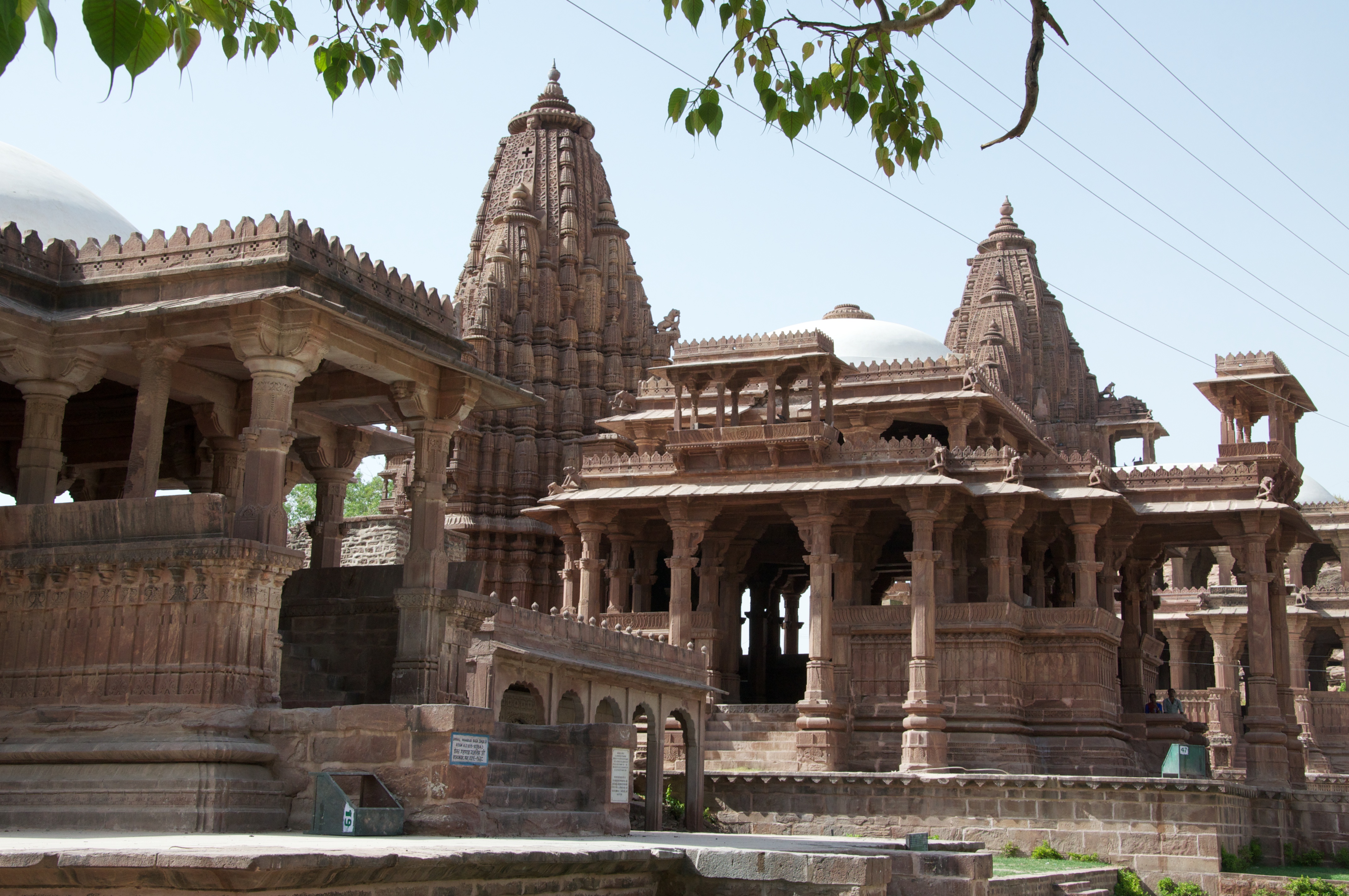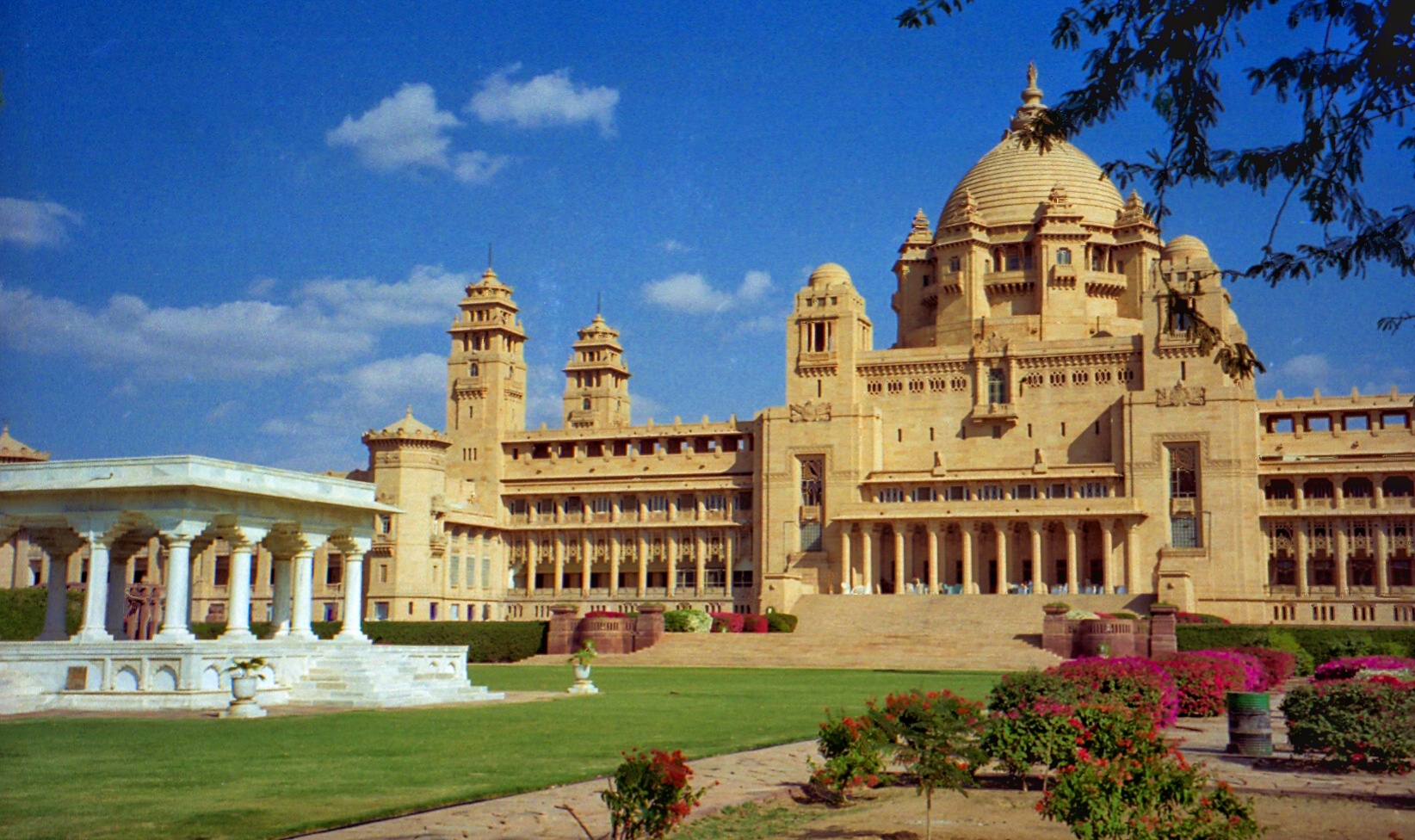Mandore Gardens represents a profound historical landscape nestled in the heart of Rajasthan, embodying centuries of cultural transformation and royal legacy. Originally the capital of the Marwar Kingdom, this ancient site traces its roots back to the 6th century under the Pratihara dynasty. Its strategic geographical positioning made it a critical political and cultural nexus, attracting diverse rulers who shaped its complex narrative.
The Rathore clan's arrival in the 14th century marked a pivotal moment in Mandore's history. Their sophisticated political acumen and military prowess transformed the region, establishing a distinctive administrative and architectural identity. When Rao Jodha founded Jodhpur and relocated the capital to Mehrangarh Fort, Mandore did not fade into obscurity but instead evolved into a sacred memorial landscape.
Architectural splendor defines Mandore Gardens, where intricate cenotaphs and temples stand as testimony to the Rathore dynasty's artistic sophistication. These structures blend Rajput, Hindu, and Mughal architectural styles, creating a visual narrative of cultural synthesis. The red sandstone memorials, particularly the cenotaph of Maharaja Ajit Singh, showcase extraordinary craftsmanship through elaborate carvings depicting royal life and symbolic patterns.
Local mythology intertwines with historical narrative, with some traditions suggesting Mandore as the hometown of Mandodari from the epic Ramayana. While such claims remain more folkloric than historically verified, they underscore the site's cultural richness. The "Hall of Heroes" temple exemplifies this blend of historical documentation and legendary remembrance, housing statues of local heroes and deities that narrate stories of valor and societal contribution.
Beyond architectural magnificence, Mandore Gardens offers a serene natural environment. Meticulously maintained gardens featuring lush vegetation, blooming flowers, and tranquil water bodies create an immersive experience. Visitors can explore pathways that wind through landscapes reminiscent of royal leisure, offering glimpses into the aesthetic sensibilities of the Rathore rulers.
The site's significance extends beyond physical beauty, representing a living museum of Rajasthan's cultural evolution. Each monument, each carved pillar tells a story of political transitions, artistic expressions, and societal transformations. The seamless integration of natural beauty with historical monuments creates a unique spatial narrative that invites contemplation and exploration.
Religious and cultural dimensions further enrich Mandore Gardens. The shrine of the Three Hundred Million Gods attracts devotees nationwide, symbolizing the region's spiritual diversity. Architectural elements within the gardens reflect not just historical events but also philosophical and theological narratives central to Rajasthani culture.
Mandore Gardens continues to be a crucial heritage site, attracting scholars, history enthusiasts, and tourists from around the world. Its preservation represents a commitment to maintaining cultural memory, allowing contemporary visitors to connect with the rich tapestry of Rajasthan's royal past. As a testament to historical resilience and artistic excellence, it remains an invaluable window into the region's complex and fascinating heritage.





